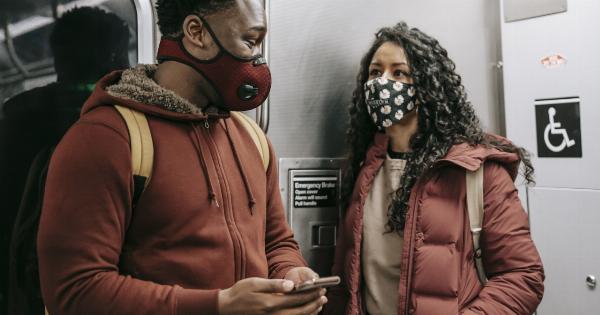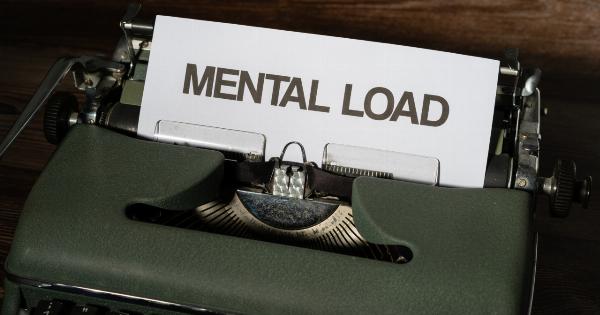Effective communication is vital in all facets of life, from personal relationships to the workplace. However, communication can be challenging when hearing difficulties are present.
Whether you are experiencing hearing loss or communicating with someone who has hearing difficulties, there are various strategies that you can use to facilitate successful communication.
1. Maintain Eye Contact
Maintaining eye contact while communicating with someone who has hearing difficulties can help to improve understanding. Eye contact allows the person to read your facial expressions and body language, which can convey important cues and emotions.
Additionally, it can help the listener to anticipate what you are saying, making it easier to follow the conversation.
2. Reduce Background Noise
Background noise can greatly affect communication for those with hearing difficulties. When possible, reduce background noise by turning off the television or radio and closing windows to block out noise from outside.
Additionally, try to speak in a quiet location, and avoid areas with loud music or other distractions.
3. Speak Clearly and Slowly
When speaking with someone who has hearing difficulties, it is important to speak clearly and slowly. Enunciate your words, and avoid speaking too rapidly or using complex or unfamiliar terms.
Be patient, and allow the person time to process what you are saying before responding.
4. Repeat and Rephrase
If the person does not understand what you are saying, try to repeat or rephrase your statement.
Use different words or phrases that convey the same meaning, and avoid simply repeating the same phrase multiple times, as this can be frustrating for the listener.
5. Use Visual Aids
Visual aids can be helpful in facilitating communication with those who have hearing difficulties. Consider using a pen and paper to write out important information, such as dates or appointments.
Additionally, hand gestures and facial expressions can help to convey meaning and emotion.
6. Be Mindful of Body Language
Body language can also play an important role in communication. Avoid turning away from the person or speaking while looking down at your phone or computer. Instead, face the person directly, and maintain a relaxed, open posture.
This can help to convey that you are actively engaged in the conversation, and can make the person feel more comfortable and at ease.
7. Use Assistive Devices
Assistive devices can be helpful in improving communication for those with hearing difficulties. Consider using a hearing aid or cochlear implant, or using a personal amplifier or microphone to make it easier for the person to hear your voice.
In addition, there are various mobile apps and devices that can help to enhance communication, such as speech-to-text apps or vibrating alert systems.
8. Be Empathetic
Above all, it is important to be empathetic and understanding when communicating with someone who has hearing difficulties.
Recognize that it can be challenging for the person to follow a conversation, and avoid becoming frustrated or impatient if they ask you to repeat yourself or if they do not appear to understand. By being patient, kind, and understanding, you can help to facilitate successful communication.
9. Seek Professional Help
If you or someone you know is experiencing hearing difficulties, it is important to seek professional help. There are various treatments and devices available that can help to improve hearing, such as hearing aids or cochlear implants.
Additionally, a licensed audiologist can provide guidance and assistance in improving communication skills.
10. Practice Active Listening
Finally, it is important to practice active listening when communicating with someone who has hearing difficulties. This means paying close attention to the person’s words and nonverbal cues, and actively engaging in the conversation.
Ask questions, provide feedback, and offer reassurance to the person as needed. By showing that you are truly engaged in the conversation, you can help to build trust and improve understanding.































